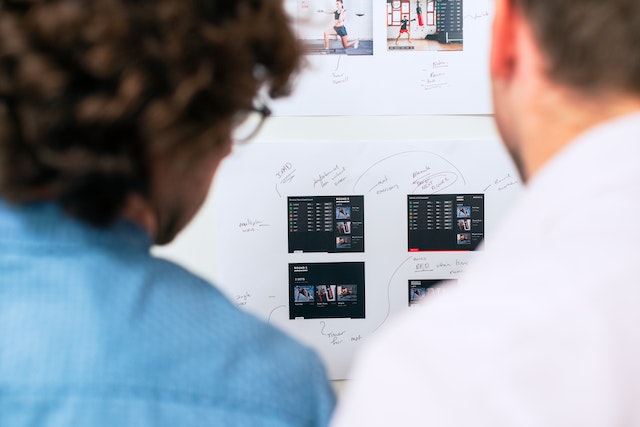
GUEST POST from Art Inteligencia
In today’s fast-paced and ever-changing business world, companies are constantly looking for ways to stay ahead of the competition and foster innovation within their organizations. One tool that has gained popularity in recent years is design thinking. Design thinking is a human-centered approach to innovation that focuses on understanding the needs and desires of end users in order to create innovative solutions. By putting the end user at the center of the design process, companies can develop products and services that truly resonate with their target audience and differentiate themselves in the marketplace. Design thinking encourages a collaborative and iterative approach to problem-solving, which empowers employees to think creatively and come up with innovative solutions to complex challenges. As companies continue to embrace design thinking as a key strategy for cultivating employee creativity, we can expect to see even more groundbreaking innovations and successful businesses emerge in the future.
Case Study 1: Airbnb
One of the most well-known examples of a company using design thinking to foster employee creativity is Airbnb. The popular vacation rental platform has a unique company culture that emphasizes creativity and innovation. In order to encourage employees to think outside the box and come up with new ideas, Airbnb has implemented a number of design thinking techniques.
For example, in their annual Innovation Week, employees are given the opportunity to pitch new ideas and work on innovative projects that are outside of their usual job responsibilities. This not only allows employees to flex their creative muscles, but also fosters collaboration and cross-pollination of ideas across different departments.
As a result of their focus on design thinking and employee creativity, Airbnb has been able to stay ahead of the competition and continue to innovate in the rapidly changing travel industry.
Case Study 2: IDEO
Another great example of a company successfully using design thinking to cultivate employee creativity is IDEO, a global design and innovation firm. IDEO is known for its innovative approach to design thinking, which involves a deep understanding of the end user and the development of human-centered solutions.
At IDEO, employees are encouraged to think creatively and work collaboratively to solve complex design challenges. One of the ways they do this is through their “Design Thinking Bootcamp,” where employees are given the opportunity to work on real-world design challenges in a fast-paced, immersive environment.
Through their focus on design thinking and employee creativity, IDEO has been able to attract top talent and work with some of the world’s leading companies to develop groundbreaking products and services.
Conclusion
Design thinking is a powerful tool for cultivating employee creativity and fostering innovation within organizations. By incorporating design thinking principles into their everyday practices, companies can create a culture of creativity and innovation that will help them stay ahead of the competition and continue to thrive in today’s rapidly changing business environment.
Bottom line: Futurists are not fortune tellers. They use a formal approach to achieve their outcomes, but a methodology and tools like those in FutureHacking™ can empower anyone to be their own futurist.
Image credit: Wikimedia
![]() Sign up here to get Human-Centered Change & Innovation Weekly delivered to your inbox every week.
Sign up here to get Human-Centered Change & Innovation Weekly delivered to your inbox every week.